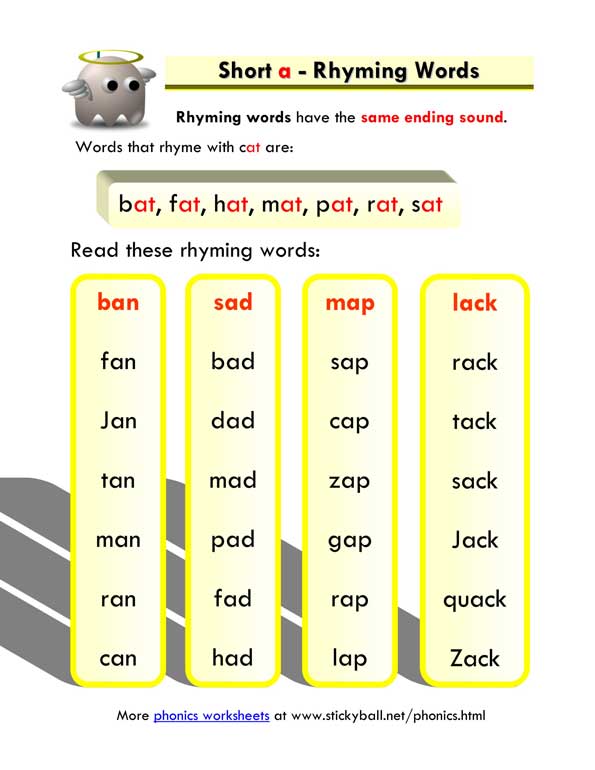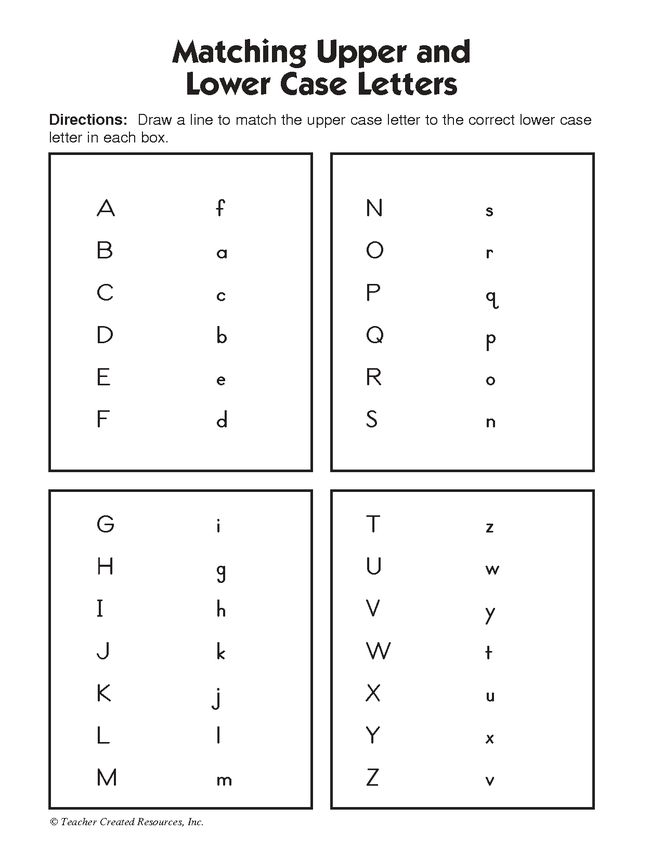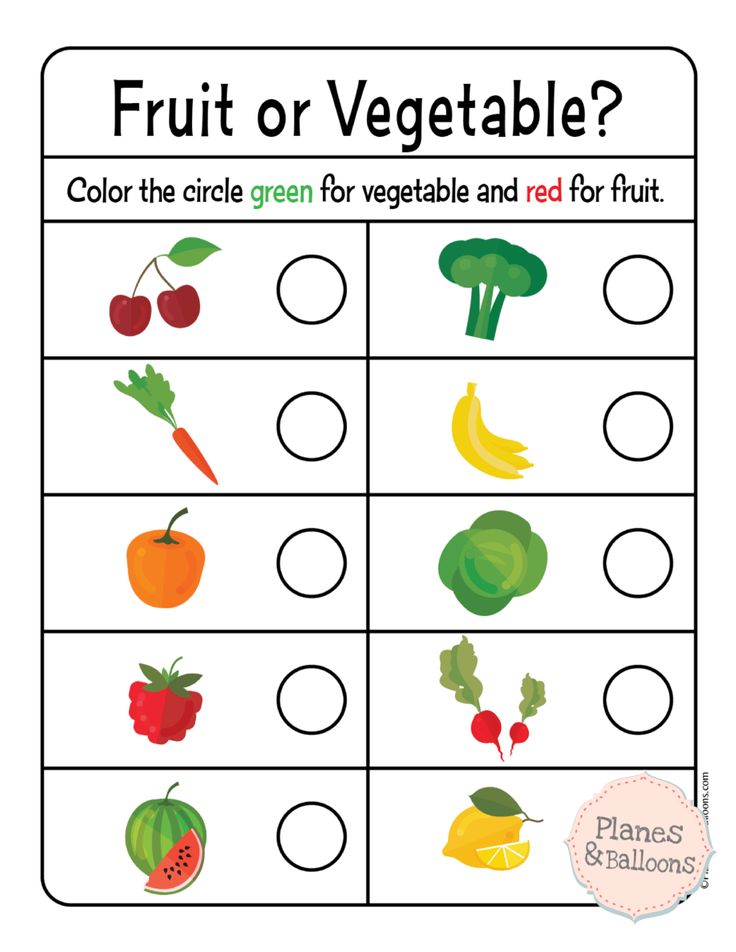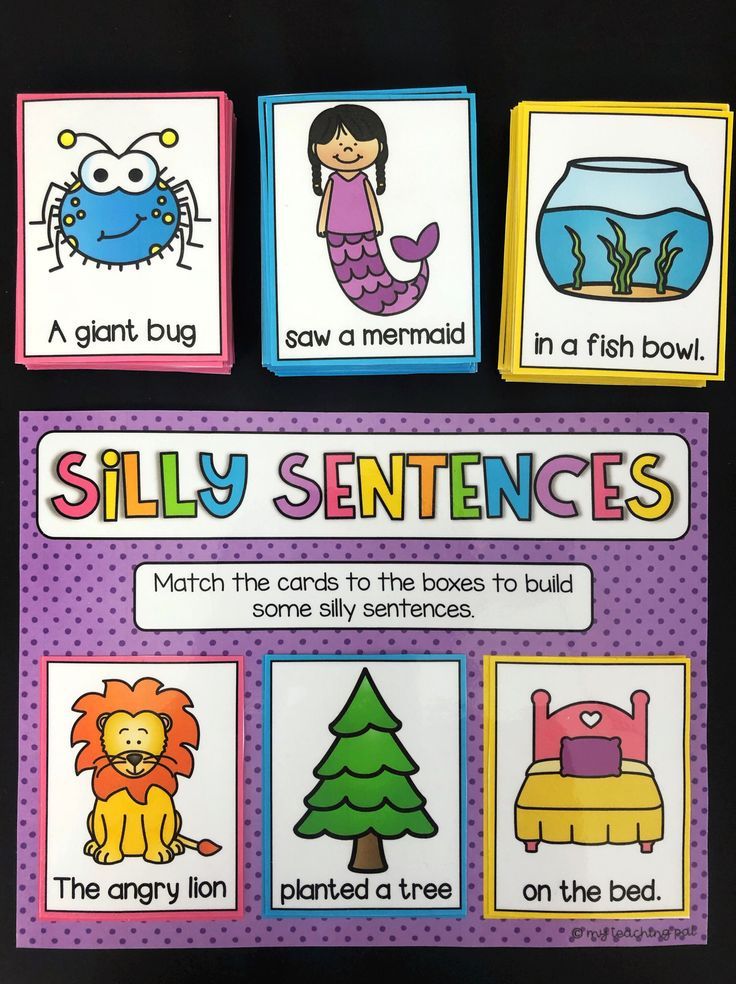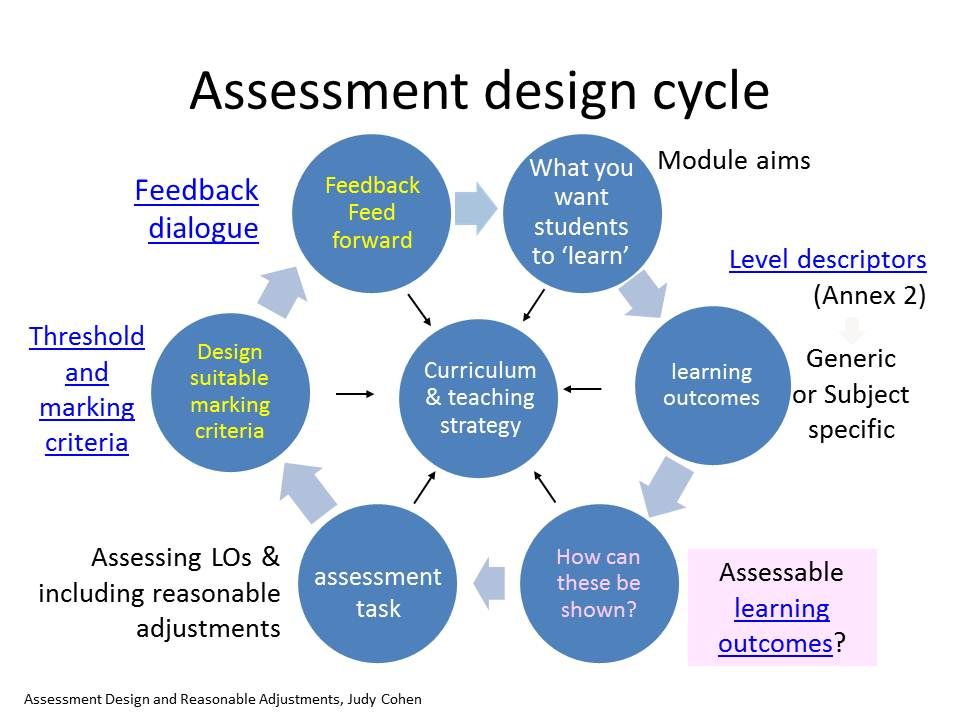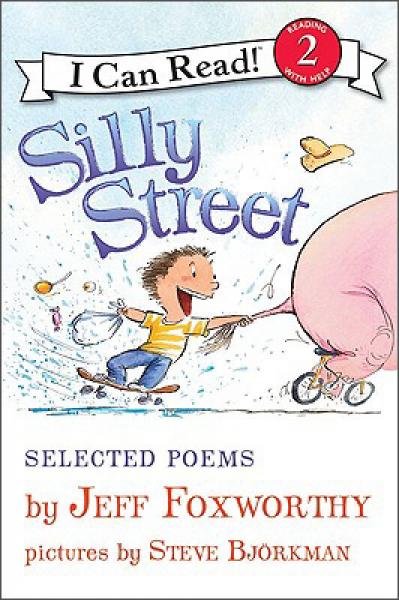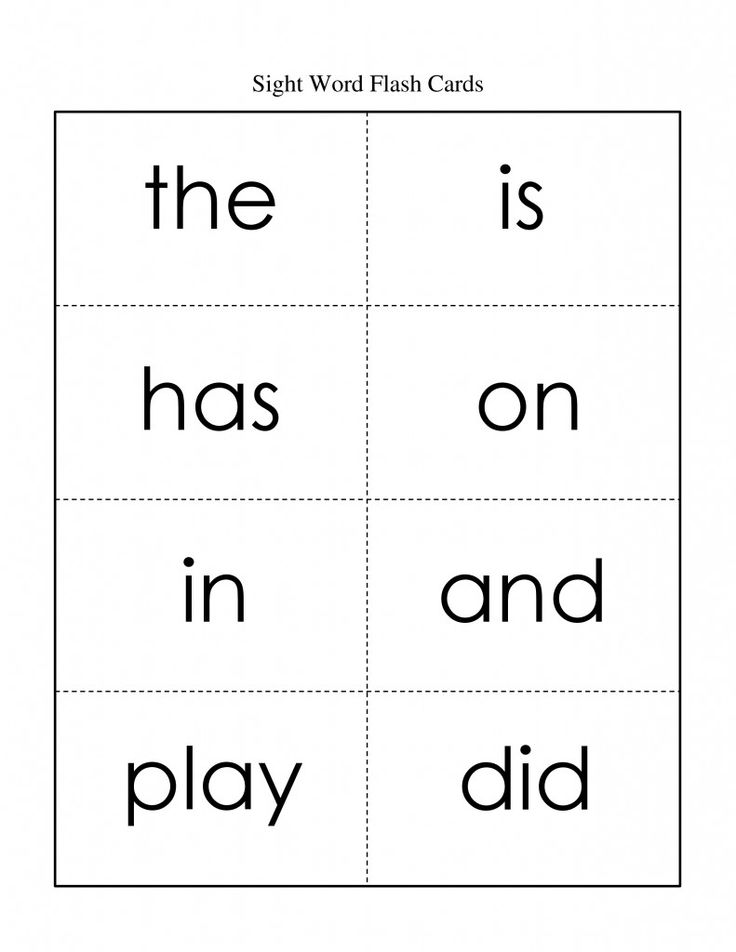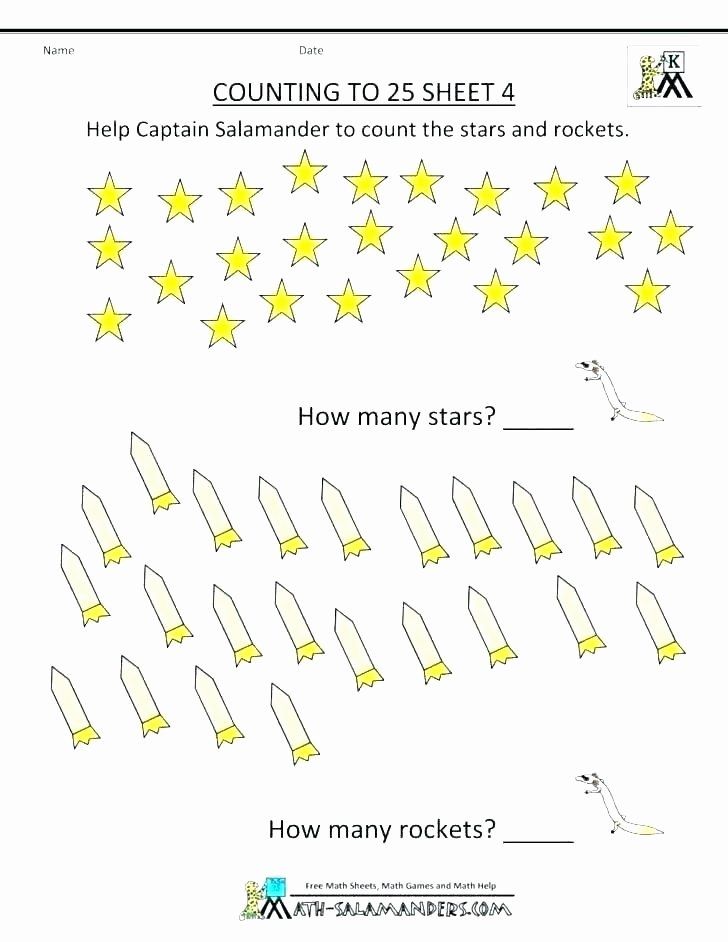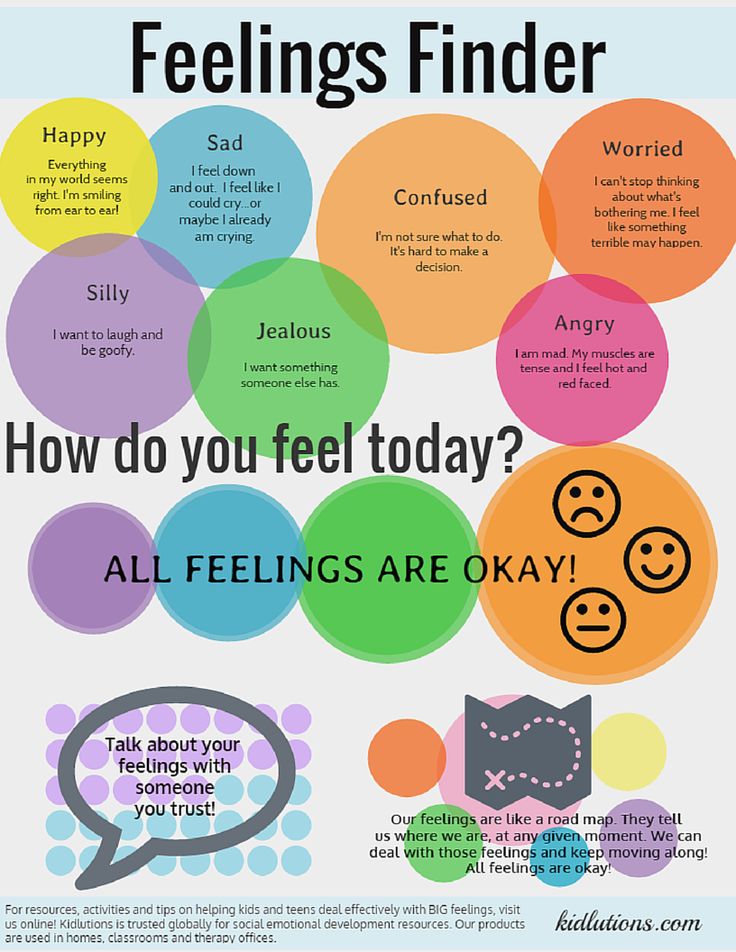Learning for two year olds
2 Year Old Development Activities
Discover fun 2 year old development activities! From educational to outdoor to craft activities, get a list of ideas to do with your toddler.
I’m not your typical crafty mom.
I don’t stock sensory bins or organize trays of card stock at home. I also don’t like how many toddler activities seemed to focus on the parents’ crafting skills, not necessarily the child’s.
And I’m more interested in child-directed learning, not the “final product.” It’s not so much about creating a beautiful item as it is about allowing kids to be curious and ask questions.
Still, even as a non-crafty mom, I wanted to provide my kids with 2 year old development activities that encouraged their desire to learn and explore. After all, toddlers still have the same curiosity as when they were infants, but with the ability to do more complex tasks.
Fun 2 year old development activities
Perhaps you can relate.
You’re more than willing to teach cognitive skills—you just need to do so in simple ways. You’d rather use regular materials in your home and find simple activities to fit into your tight schedule. And you’re looking for things to do that your 2 year old would learn in preschool that will stimulate her brain.
You’ve come to the right place.
Below, I’ve listed the best activities I’ve done with my kids when they were that age. I divided them into five categories for a total of 30 activities (which makes for a fun month-long challenge!). These activities are bound to keep your toddler busy and engaged.
That said, I purposefully kept these activities realistic to do as well. You won’t need to buy science kits or craft supplies galore. If you do decide to buy anything, you’re more than likely going to use the materials over and over.
And these activities are simple. We’re all busy, and we know 2 year olds don’t exactly sit still for hours at a time.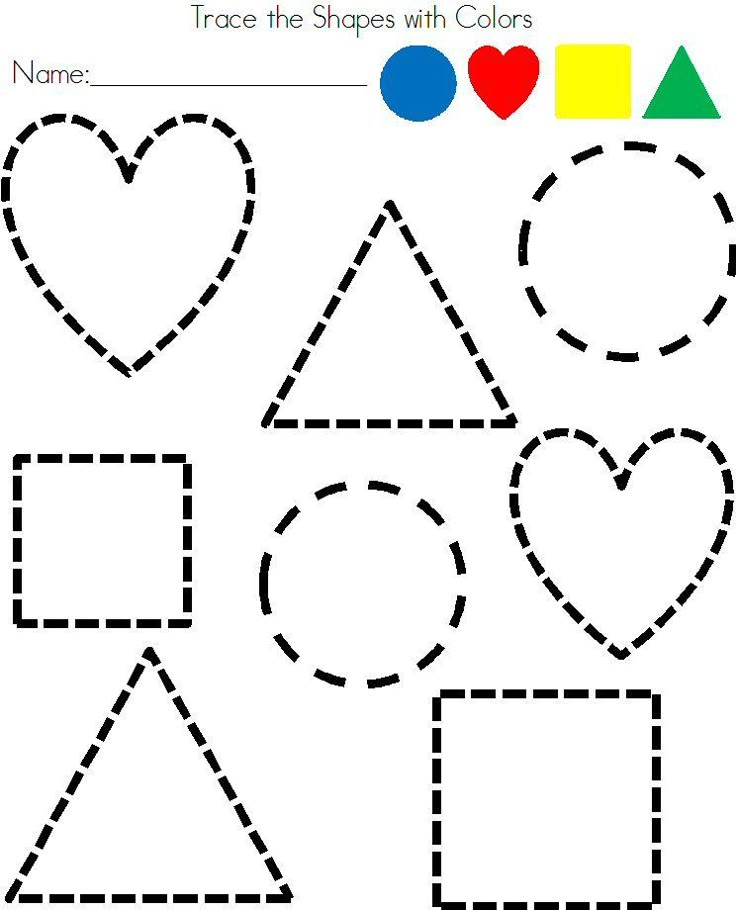 They can definitely go at their own pace.
They can definitely go at their own pace.
Hopefully, you’ll find them useful. As one parent said:
“I don’t even comment on blogs. But my toddler is going through the only wanting daddy phase and I’m trying to introduce new activities that we can do together during our quality time and this has really helped. I just wanted to say thank you for putting these ideas and resources together!” -Kaitlin
Table of Contents
Craft activities for 2 year olds
1. Play dough
Roll play dough into balls and count them one by one as you place them into a pile. Roll them into long strings and spell the letters of your child’s name. Encourage fine motor skills by allowing her pinch bits and pieces off of a large ball of play doh.
2. Fractions with paper
Disclosure: This article contains affiliate links, which means I will earn a commission—at no extra cost to you—if you make a purchase.
Grab a sheet of paper, cut it in half, and explain how the two pieces make up the whole paper.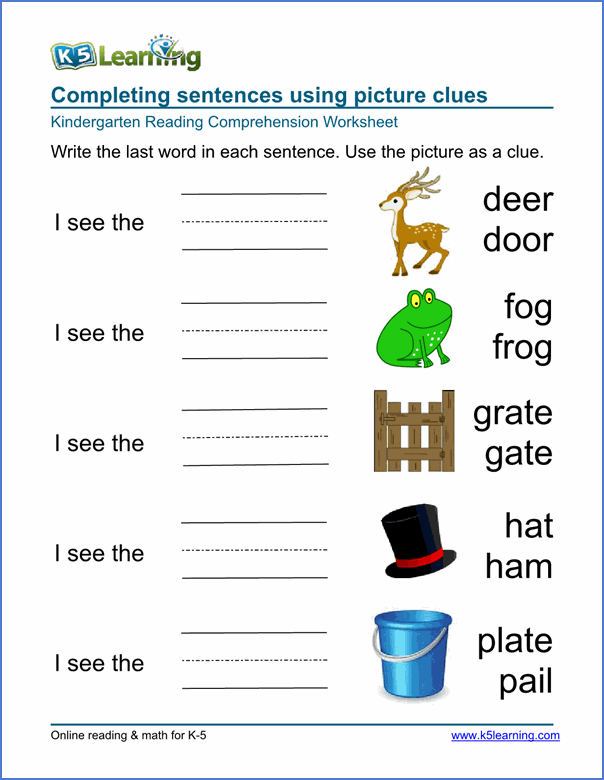 Then, cut those two pieces in half, making quarters. Keep going, making eighths.
Then, cut those two pieces in half, making quarters. Keep going, making eighths.
After each round of cutting, assemble the paper so your child can see how all the pieces form the original sheet. You can also get these pizza fraction toys to make it even more fun.
3. Matching game
Using card stock or index cards, write two sets of the letters of the alphabet and have your child match them together. Start with a few at a time to avoid overwhelming her with all 26. Either way, keep the letters all the same color so she understands that she’s matching the letters by shape, not color.
Check out these Montessori fine motor activities for more ideas.
4. Glue by color
Cut tiny pieces of colored paper—for instance, blue, red, yellow, and green. Then, on separate sheets of paper, draw two circles per sheet using different-colored crayons. One sheet will have a blue circle and a red circle, while another has a yellow and a green one.
Finally, have your child glue the cut-up pieces into the matching-colored circles (green bits into the green circle, for instance).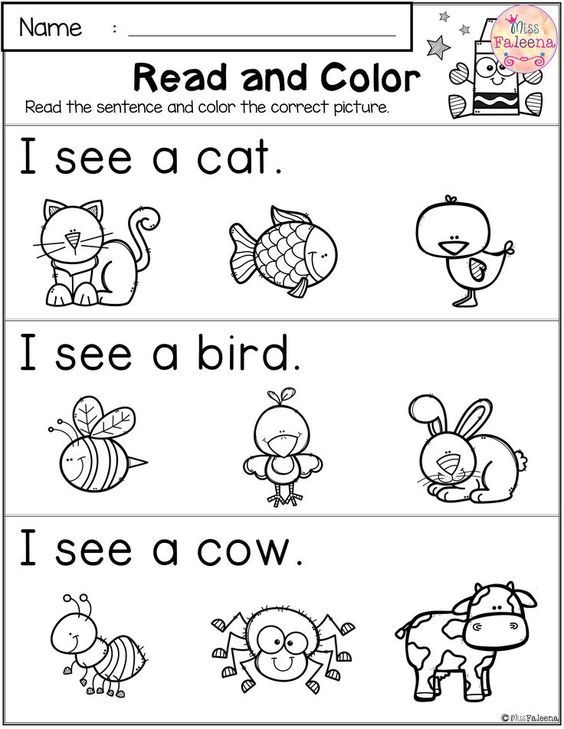
5. Color mixing
Using the three primary colors, show your child how to mix and match to make new colors. A few to try include:
- red + blue = purple
- yellow + blue = green
- red + yellow = orange
6. Counting with dot markers
Have your child practice numbers with dot markers. Print two sheets of paper in landscape format, with the numbers 1-10 along the side. Show her how to color the appropriate number of dots next to each letter, counting along with her.
FREE printables: Make these activities even easier with these ready-made printables! You’ll get a set to play the matching game, sheets to glue by color, printables to count with dot markers, and samples of my workbook, Letters and Numbers.
Grab the printable pack below—at no cost to you. You’ll also get my newsletters, which parents say they LOVE:
“Loved this email, it came precisely when I needed it! Many thanks for sharing your insight and helping me see things differently!” -Alejandra Marambio
Educational activities for 2 year olds
7.
 Sort items by color
Sort items by colorFind a set of similar items and sort them by color. A few ideas include building blocks, magnets, cars—anything you’ve stored in a box! Then, make different piles or lay out empty bowls, one for each color.
Discover even more activities to do with 2 year olds.
8. Count everything
Play a game of counting everything. Count toys like building blocks and pom poms, or snacks like crackers and carrots. Use any opportunity to count. Climbing a set of stairs? Count the steps you take. Pushing her on a swing? Count each time you give her a push.
Check out these Montessori activities for 1-2 year olds.
9. Cut paper strips by size
Play a game of sorting by size, using 10 pieces of paper strips, ranging from one to 10 inches long. For instance, you’ll have one piece that’s one-inch long, then another that’s two inches long, and so forth.
Once you have all 10 pieces, shuffle them on the ground and encourage your child to arrange them in order, from smallest (one-inch) to largest (10-inch).
10. Sink or float
Gather a few household materials or toys and experiment to see which ones sink or float. You can do this during bath time, or pour water into a large container, like a bowl, water table, or kiddie pool. Find water-safe items with varying weights so your child can see different results.
Tip: After your water play, you can use the water for your plants!
11. Letters in the tub
My kids played with a set of foam pieces of the alphabet, which they used to learn even more about letters and numbers. I’d also show them simple words to spell, or how certain letters come together to form their names.
12. Trace and write letters and numbers
Worksheets like those in my Letters and Numbers workbook are another fun way to introduce your child to the alphabet. Start with large letters and encourage him to “trace” with his fingers, before moving on to smaller letters to trace with a pencil or crayon.
Outdoor activities for 2 year olds
13.
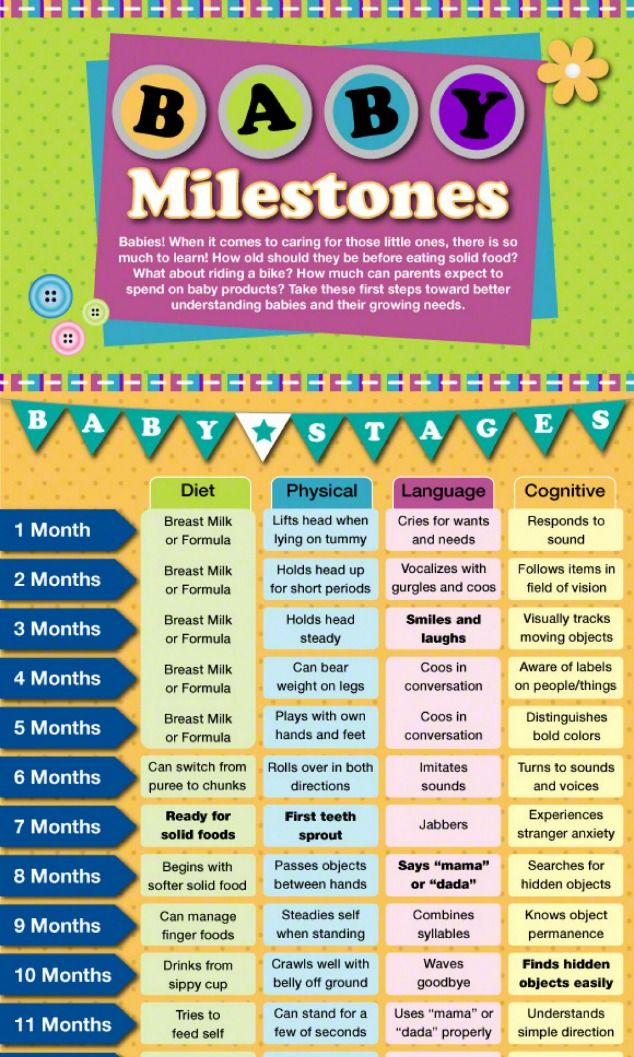 Nature scavenger hunt
Nature scavenger huntMake a list of items your child will likely find outdoors and help her collect her findings. A few ideas include leaves, twigs, rocks, pebbles, or flowers. Bring a bag to store the items, and cross the item off your list once you’ve found what you were looking for.
To make this game even easier, task her with finding just one type of item during your nature walk. For instance, my son loved finding baby pine cones, which our local park had plenty of. We’d simply make a pile of pine cones on the base of a tree until we found nearly all of them.
14. Collect and compare leaves
Collect a variety of leaves outdoors, lay your findings in a row, and talk about how each leaf looks and feels. You might talk about the different textures, colors, or shapes, and describe why some are soft and green while others are brown and crinkly. This will help build your child’s vocabulary!
15. Plant a seed
Plant a seed and watch it grow over the next few days and weeks.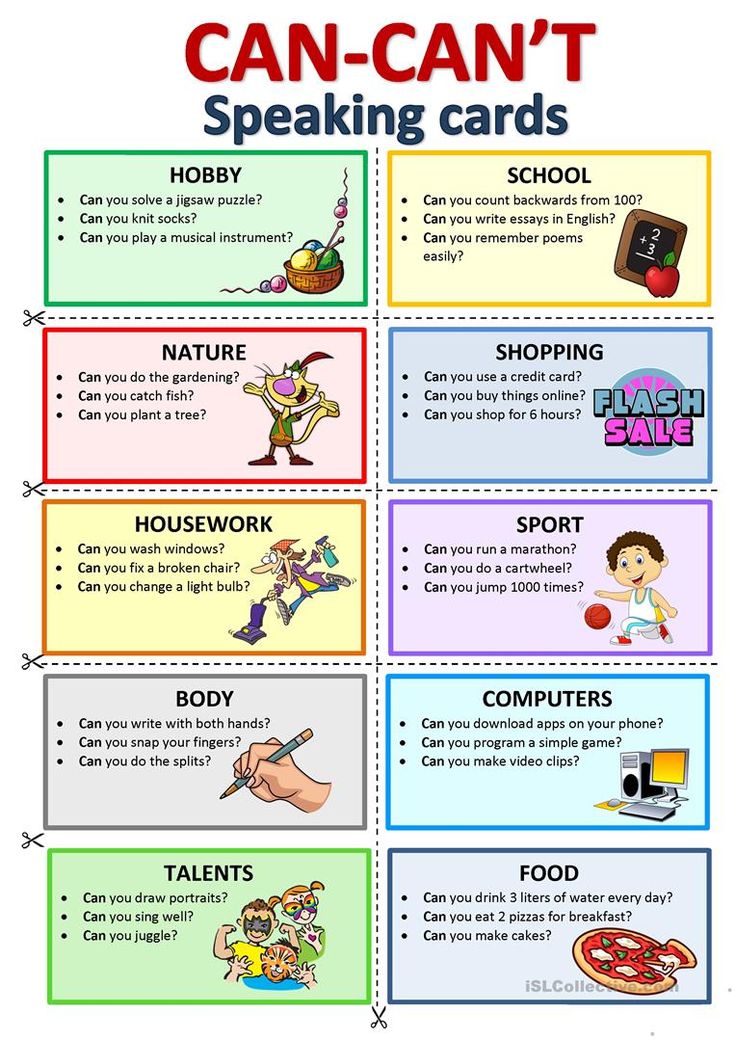 Depending on the weather, you can start the seeds in small containers indoors, or sow them directly into the ground outside. And stick to large seeds like sunflowers or green beans—these are easier to hold and grow quickly.
Depending on the weather, you can start the seeds in small containers indoors, or sow them directly into the ground outside. And stick to large seeds like sunflowers or green beans—these are easier to hold and grow quickly.
16. Bucket of ice
At a children’s birthday party at a friend’s home, the kids were intrigued with nothing more than a simple bucket of ice. They had found an empty water cooler with only ice and water, grabbing pieces of ice and moving them to the grass to watch it melt.
You can do something similar by placing a few ice cubes in a bowl and heading outdoors. Allow your child to grab the ice cubes and place them on the ground. Talk about the differences between how it melts on the grass versus the hot concrete.
17. Mud play
Find a spot in your backyard or park and pour water into the soil. You can even bring kitchen play items or old kitchen tools you no longer use so your child can do pretend play with the mud.
18. Sidewalk chalk
Grab sidewalk chalk and head to your sidewalk or park.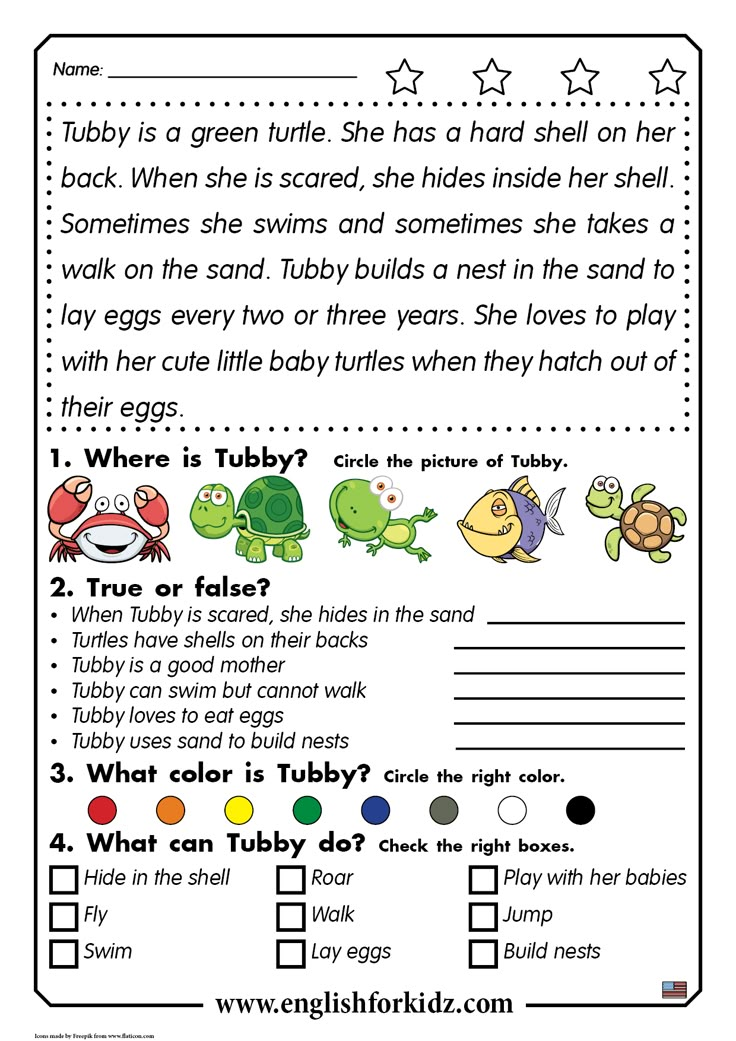 Draw pictures, write words, and practice coloring in shapes. Sidewalk chalk lets her be creative, in a way that’s different from the crayons and pencils she probably uses often.
Draw pictures, write words, and practice coloring in shapes. Sidewalk chalk lets her be creative, in a way that’s different from the crayons and pencils she probably uses often.
Practical activities for 2 year olds
19. Sweep into a square
Encourage your child to do chores with simple sweeping! Using painter’s tape (we have a bunch of these at home), make a square on your kitchen floor. Then, with a child-size broom, have her sweep all the dirt from the rest of the floor into that square.
20. Pouring
Place a bowl and a measuring cup filled with water on a baking sheet. (I like this Oxo one because it’s lightweight with a rubber grip for easy handling.) Then, have your child pour water from the measuring cup into the bowl.
Using two measuring cups, she can pour the water into one measuring cup, going back and forth easily. She can also pour small items like dry rice, beans, or sand.
21. Basting with water
With liquid droppers for kids like these, show your child how to collect water by pinching the baster and dipping the end into a bowl of water.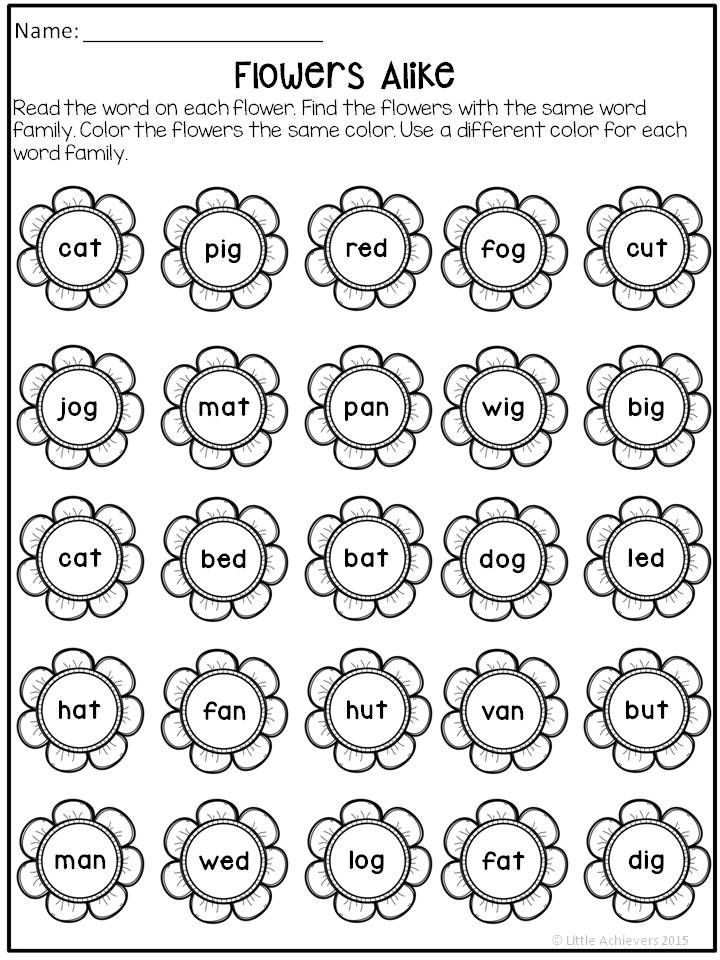
Then have her open her fingers, drawing water into the baster. And finally, she can press the baster once more, releasing the water into another bowl. This is a fantastic way to develop fine-motor skills as well.
22. Tweezing puffs
With kitchen tongs (or tweezers for kids like these), have your child collect cotton or puff balls from one bowl to another.
If you use different-colored puff balls, you can also have her sort them by color or number. For instance, all the blues in one pile, or make a pile of one, then two, then three, and so forth.
23. Sorting laundry
As much as we dread laundry, you have to admit, it can make for easy 2 year old development activities. For instance, have your child sort laundry by type—from shirts to pants—or sort by color. She can also match socks or set aside household laundry like napkins and rags.
24. Water plants
Kids love watering plants! Use a simple watering can like this to help your child learn how to water both indoor and outdoor plants.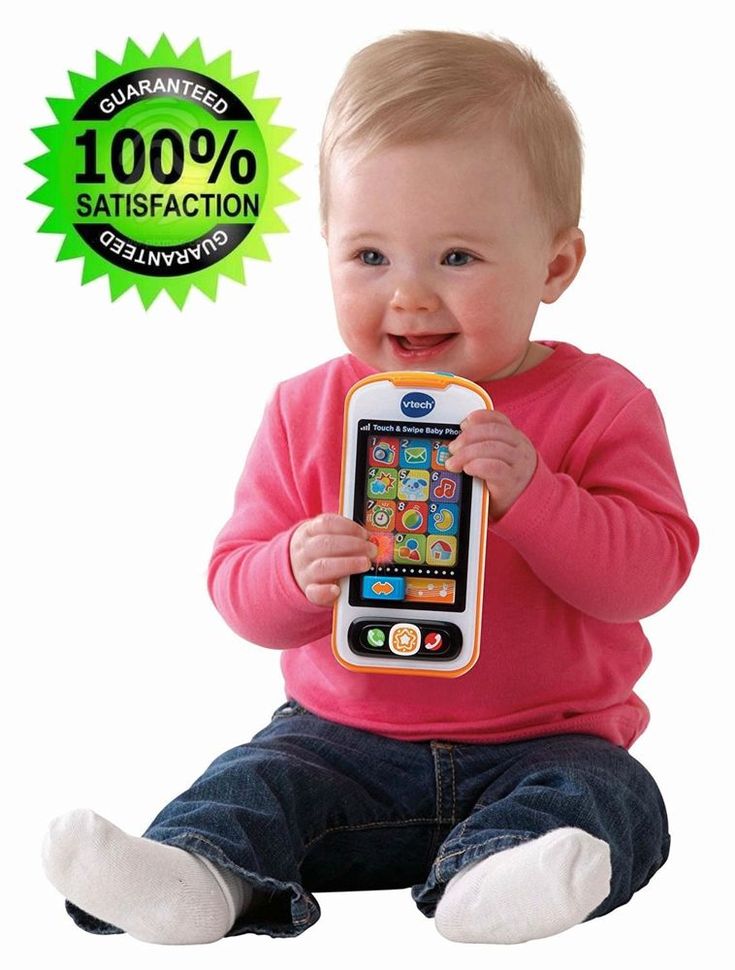 You might even make this part of her weekly chores, something she can do every Saturday morning, for instance.
You might even make this part of her weekly chores, something she can do every Saturday morning, for instance.
Places to go with 2 year olds
25. Children’s museums
Nearly every major city has a children’s museum your child will love. I prefer these types of museums because they invite hands-on participation (so I don’t have to holler “Don’t touch!” all the time). In Los Angeles, I love going to Kidspace, California Science Center, Discovery Cube, and Skirball’s Noah Ark.
Check out more things to do in Los Angeles with kids.
26. Libraries
Many libraries include activities for kids, from story time to magic shows to arts and crafts. Grab calendars from your local libraries so you can attend events specifically for toddlers. Plus, going to the library encourages you and your family to make regular trips to borrow and read books at home.
27. Nature walks
Explore a new trail or nature walk with your child! You might check out a local hike, the lagoon, or forests in your area.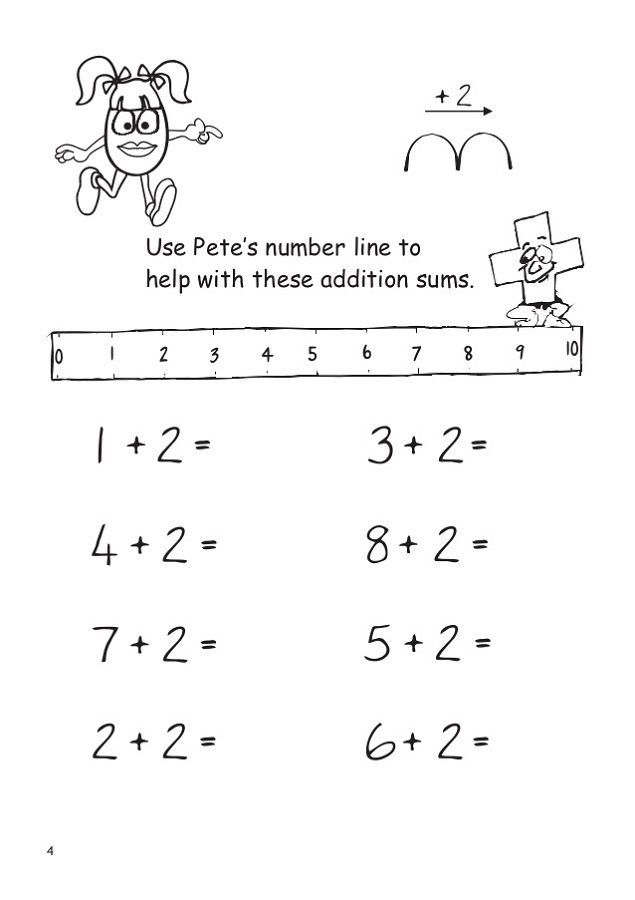 Bring a magnifying glass so she can observe curious finds along the way.
Bring a magnifying glass so she can observe curious finds along the way.
28. Sandbox or beach
Playing with sand either at the beach or in a sandbox at your local park can make for many fun 2 year old development activities. Bring sand toys and encourage your child to build, experiment with water, and learn through sensory play.
29. Botanical gardens
I love taking my kids to botanical gardens because they invite so much exploration. The trees and plants are wilder than more polished gardens, and they include streams and even animals like lizards, fish, and turtles.
In Los Angeles, my favorites are the UCLA Botanical Garden and the South Coast Botanic Garden.
30. Aquariums
Discover the ocean and marine world by visiting your local aquarium! Your child will have an up-close opportunity to meet many of the animals who live in water, while learning about ways to care for the environment.
Conclusion
As you can see, 2 year old development activities don’t need to be complicated or take too much time.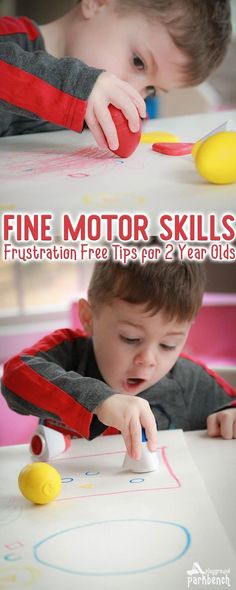 You also don’t need to be the next Martha Stewart or produce finished crafts to offer your child a learning experience.
You also don’t need to be the next Martha Stewart or produce finished crafts to offer your child a learning experience.
Instead, you now have at your hands a compilation of creative activities to start. She can play with mud or mix primary colors, and learn about sizes with paper strips or water volume with measuring cups. And most important, she’ll develop a love of learning, especially with these stress-free and fun activities.
You can teach activities to your busy toddler, even with limited time and materials, or a lack of any crafty inclinations whatsoever.
Get more tips:
- 4 Easy Ideas to Nurture Your Child’s Creativity
- How to Raise Kids Who Love to Learn
- Preschool Pros and Cons: Should You Send Your Child to Preschool?
- How to Create a Math Rich Environment at Home
- How to Encourage Your Child to Keep Learning in the Summer
Don’t forget: Join my newsletter and grab the printable pack below—at no cost to you:
21 Important Things to Teach Your 2 Year Old
11983 shares
- Share
- Tweet
At this age, children are like little sponges, picking up every bit of information about the world around them.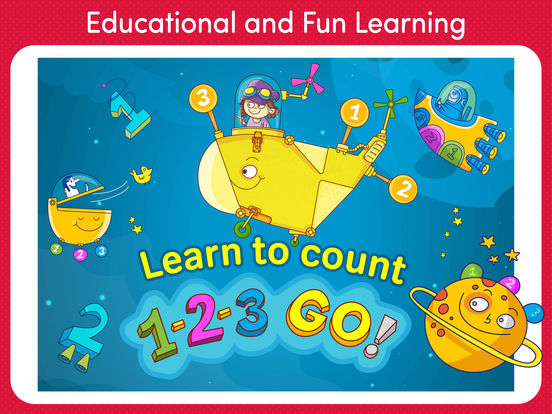 The majority of things that your two year old learns will be through play and normal social interaction.
The majority of things that your two year old learns will be through play and normal social interaction.
Everyday occurrences can provide numerous learning activities for your two year old. However, there are plenty of everyday skills and tasks that you can start teaching your toddler.
Being at home with two toddlers for awhile and just trying to make it to nap time, I realized that maybe I wasn’t teaching them enough. Between meal times, clean up, and just trying to prevent any bodily injuries, actual learning can seem to fall on the back burner.
This post may contain affiliate links which I would receive a small commission should you make a purchase.
Get A Year of Activities for Your Child FREE!
Sign up Here
Two Year Olds Can Learn Through Play Activities
As a pediatric occupational therapist, I know that children can learn a significant amount of knowledge through their everyday play.
Toys and gadgets may be teaching them things like cause-and-effect, problem solving, and new language.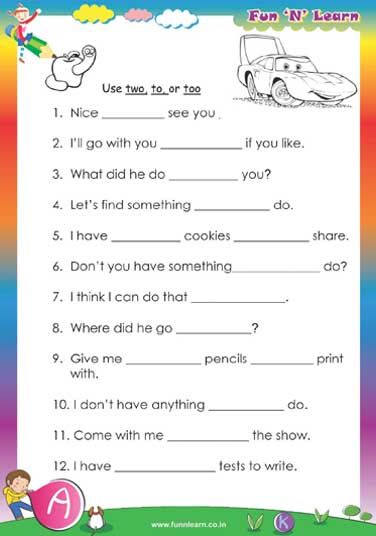 They’ll also be developing key skills like hand-eye coordination and independence.
They’ll also be developing key skills like hand-eye coordination and independence.
Both structured and unstructured play are important to develop these necessary skills. Most of what they learn, you won’t even realize that you’re teaching them!
However, if you’re not in the education field, you may be unsure of simple ways to teach your two year old or ways to incorporate new learning into everyday activities.
What You Can Teach Your Two Year Old
Below are a bunch of skills and concepts that you can help your 2-year-old to understand. Practice and exposure is the best way to develop new skills with your child.
Below is a list of learning activities for two year olds for the whole range up to 3. Not exclusively once they turn two.
Always remember that every child develops at their own pace so don’t worry too much if your child doesn’t know all of these concepts yet. This isn’t a list of what they should know at this point, but rather a guide to help you understand what they may be capable of learning at this age.
1. NEW WORDS AND CONVERSATIONAL SPEECH
Your 2-year-old should have gained a slew of new vocabulary words in the past year. Now they’re learning how to put these words together to form 2-3 word phrases, short sentences, and questions. Here are some of the common words, phrases, and concepts that your two year old may be able to say and understand:
- Action words to help them communicate (more, go, come, want, up, down, etc.)
- Manners (please, thank you)
- Names of body parts
- Animal sounds and names of animals
- Names (their own first and last name, and names of family and friends)
- Vehicles (cars, trucks, firetruck, airplane)
- Household objects (names of certain food, utensils, furniture, clothing, etc that they use daily)
- Colors and Shapes
- Sizes (big, small, tall, short)
- Direction words (below, above, next to, on top, underneath, etc.
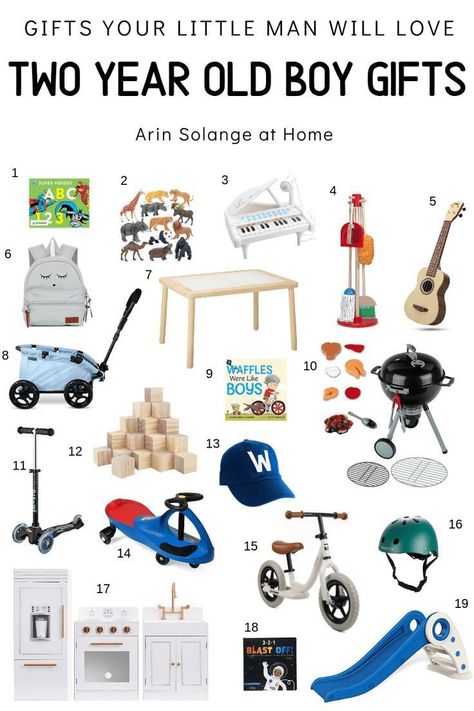 although this may still develop more later)
although this may still develop more later) - Weather (sunny, rainy, cloudy, windy, snowy, hot, cold, etc.)
Before they turn 3, they should have a pretty extensive vocabulary. If your child has several words, help them to group words together if they’re not doing so on their own. For example, if your child says “more,” repeat after them, “more Cheerios?” and have them repeat the two words together. If they say, “want water,” repeat after them, “I want water?” and have them repeat that as well.
Adding on words to their current vocabulary will help them speak in longer phrases and sentences.
If your child is not continuing to gain more words throughout the past few months, consult your pediatrician. Here are more tips to get your toddler to talk here.
2. READING BOOKS
At 2, your child should definitely get the concept of “reading” a book. Of course, they won’t actually be reading the words, but they will most likely grab a book and snuggle in the corner of the couch to flip through the pages.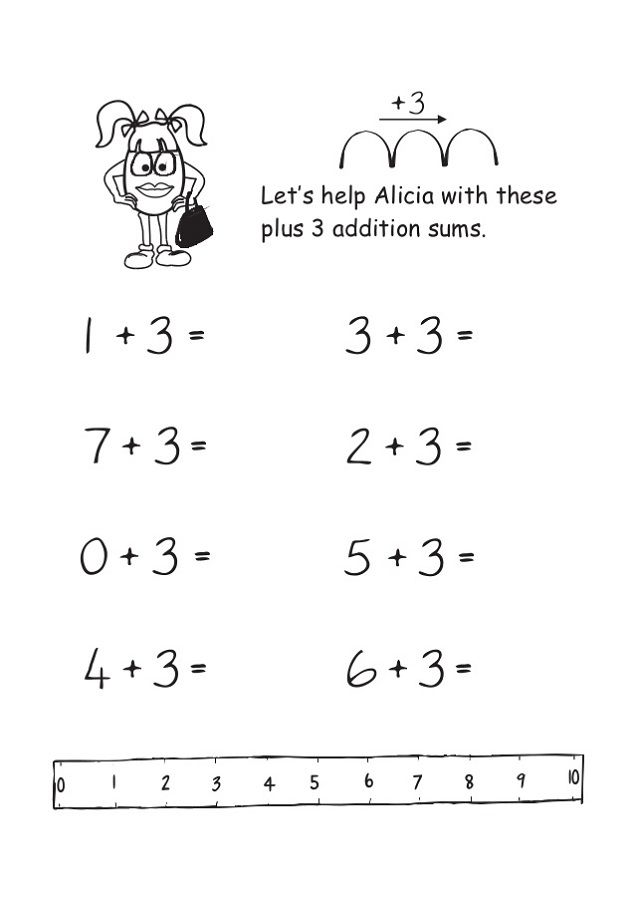
Make sure they understand how to read the book from front cover to back cover and the right way to hold it. They will simply look at the pictures at this age, but as they get later in their 2’s, they’ll start to recognize that there are letters and words on the page that actually mean something.
When you are reading to them, be sure to use your finger to follow along with the words on the page so they start to associate the letters with what you’re saying. At this point, you can stop making up your own words or just describing the pictures on the page and actually read word-for-word. This way, your toddler will get the concept that a story is being told.
Have your toddler describe the pictures to you and you can even ask them questions about the pictures or the words that you just read. Questions like, “What color is the girl’s dress” or “Which one is bigger, the lion or the snail?” are appropriate at this age.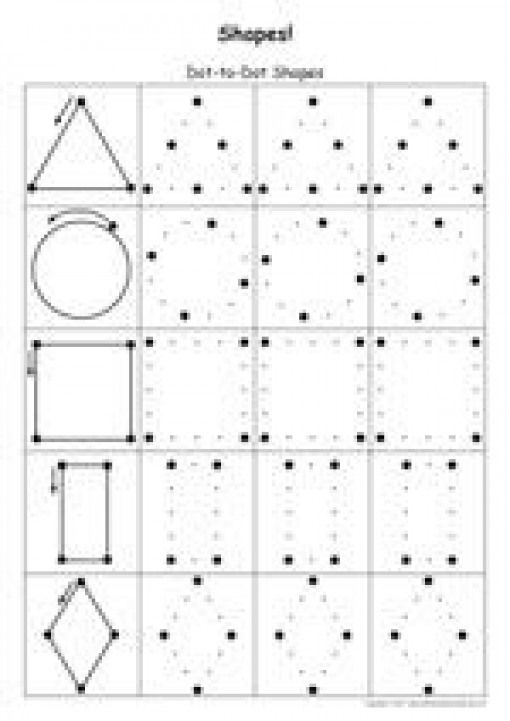
They’ll still benefit most from board books where they can easily turn the pages, but may start exploring books with thinner pages. Some favorite types of books around 2 years old are Lift-The-Flap Books, Touch-and-Feel Books, and Play-A-Sound Books.
They’ll love books with lots of pictures, their favorite characters and objects, or silly books. Check out my list of the Best Books for 2 Year Olds here.
Related Post: The Outstanding Benefits of Reading to Babies and Toddlers
3. PROMOTE INDEPENDENCE
Your two-year-old is probably begging to do things on their own so give them these opportunities to learn, understand, and make mistakes (within limits, of course).
Of course they may not have perfected the skill yet, but the only way a child will learn these new skills is by doing it by themselves. You can help them to complete the task once they’ve already tried it on their own.
They should be increasing their independence in areas like:
- Dressing: choosing their own clothes, taking on/off shirt/pants with help, underpants/pull-up with help, shoes, and socks, and even learning the right way to put on items (backwards or forwards)
- Feeding: using utensils with some spills, choosing their meals and snacks, opening containers, drinking from a straw cup regularly, and practicing with an open cup with supervision.
 I love these OXO utensils for 2 year olds as they have a good gripper and can really pierce the food, but if your toddler wants to be even more like mom and dad, these ones are great toddler utensils also.
I love these OXO utensils for 2 year olds as they have a good gripper and can really pierce the food, but if your toddler wants to be even more like mom and dad, these ones are great toddler utensils also. - Brushing teeth and hair: Teach them how to brush back and forth on their own and using a cup to rinse. My toddlers LOVE using an electric toothbrush like this one, especially the ones with their favorite characters.
- Cleaning up: wiping up messes, putting toys away, bringing dishes, cups, & utensils to the sink when done, throwing away their garbage, and using a handheld vacuum to clean
- Hygeine: Blowing their nose, washing their hands, using a washcloth to wash themselves in the tub. Make washing hands and standing at the sink much easier by using stools and sink faucet extenders.
- Transitions: Getting in and out of the car on their own, going up and down the stairs, ending one activity and moving to the next without complaining, turning on/off lights when entering/leaving the room
Be sure to model and show your childhood to do these skills the right way so that they don’t keep practicing something the wrong way.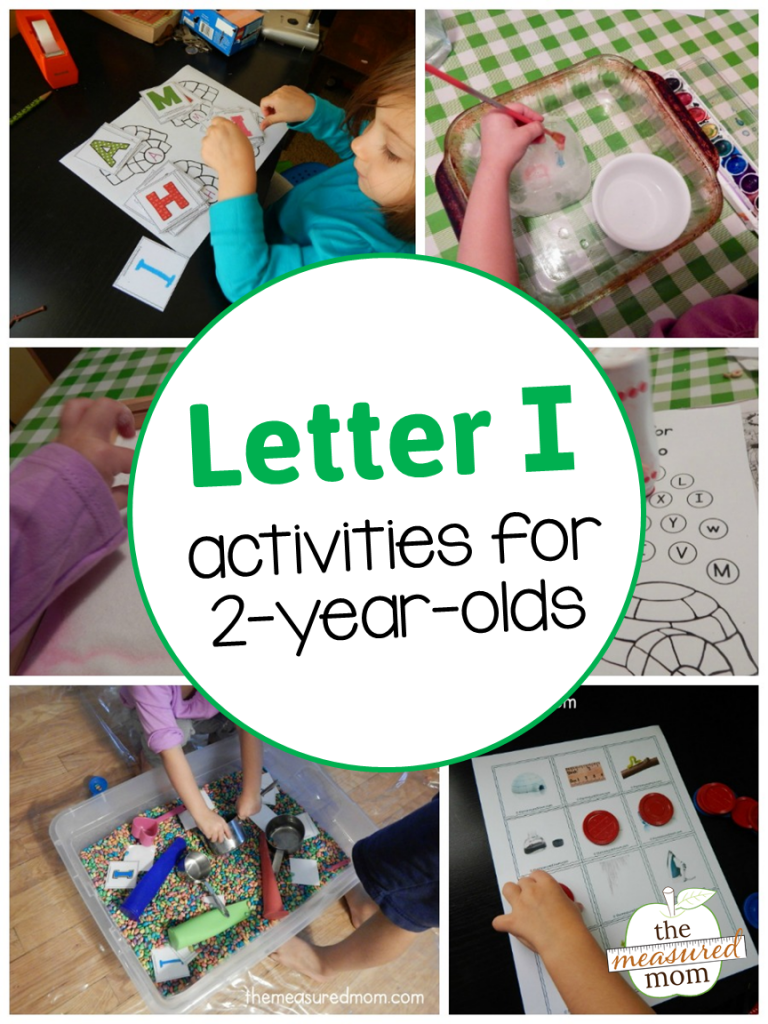
Using their imagination opens up a world of fun and play for your toddler. This skill typically comes naturally as they copy and imitate what they see in the real world, in books, or on tv. They will use a combination of imagination and reality to copy the things they see daily, like these:
- Cooking in a play kitchen with pots and pans
- Hosting a tea party for their dolls and stuffed animals
- Feeding, burping, and changing a baby doll with play spoons, bottles, and diapers
- Talking on the phone with a play cell phone
- Playing doctor with a doctor or nurses kit
- Going shopping with a shopping cart and fake food
- Driving a car
- Sweeping, mopping, and vacuuming the floor
These are great fine motor learning activities for 2-year-olds. At this point, they should have moved past scribbling and be able to make some intentional marks on the paper, including a straight line down, straight line across, and maybe even attempt a circle.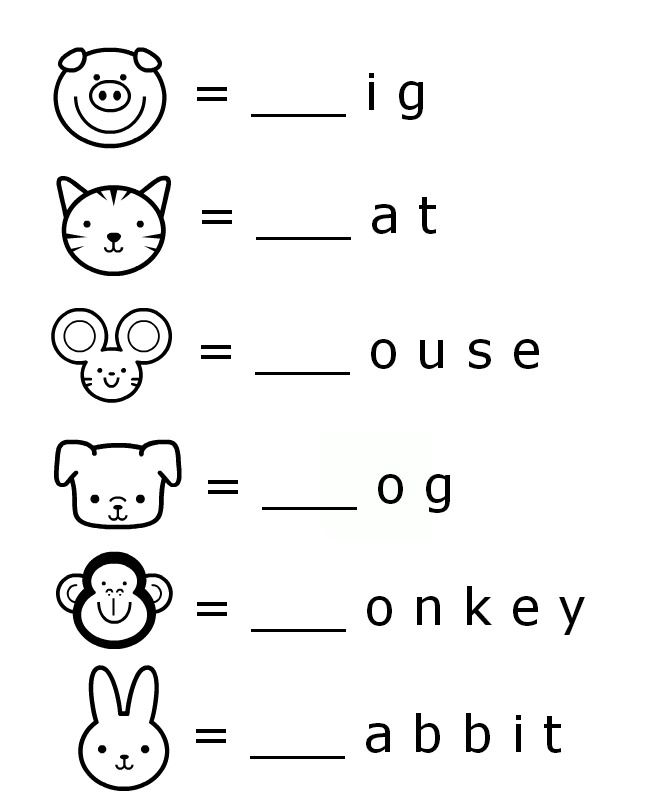 Of course, these may not be perfect, but they should get the concept of making intentional marks.
Of course, these may not be perfect, but they should get the concept of making intentional marks.
They’ll love coloring pictures, but getting them used to making marks will help improve their drawing and writing down the road. Print out pictures of their favorite characters or get a coloring book from their favorite tv show.
Also, you can draw or print out pages with letters so they can trace and get familiar with the alphabet.
I highly suggest these finger crayons for the young ones. They are perfect for little hands and promote a good grasp when holding the crayons.
If you’ve already started using markers, you have probably discovered that toddlers and markers aren’t a good match (unless you want a mural on your wall), so these Crayola Mess-Free Coloring Sheets are my absolute favorites!
The markers come out clear if they are used on any other surface besides the paper. On these special sheets, they’ll turn a color so your toddler sees the masterpiece that they are creating.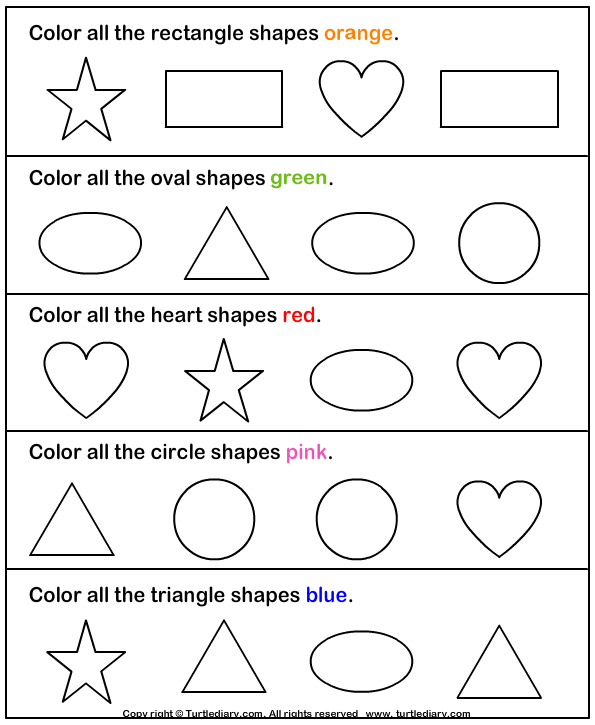 They have so many characters available so I’m sure you can find a pack that your child will love.
They have so many characters available so I’m sure you can find a pack that your child will love.
Your 2 year old may be able to count to 10 (with some errors at times) from memory and maybe even higher with more practice. They can also work on recognizing and identifying those numbers and counting objects.
You can practice counting with so many different, everyday objects:
- count each step while you’re walking up the stairs
- count the number of French fries on their dinner plate
- count the number of toys in their bin
Numbers are everywhere so be sure that they are counting whenever they can.
The concept of one-to-one correspondence (one object is one number) comes later, but many toddlers can get the idea early on. Just show them how to point to each object as they count it and correct them if they start saying 2 numbers as they count one object or skip over objects when counting.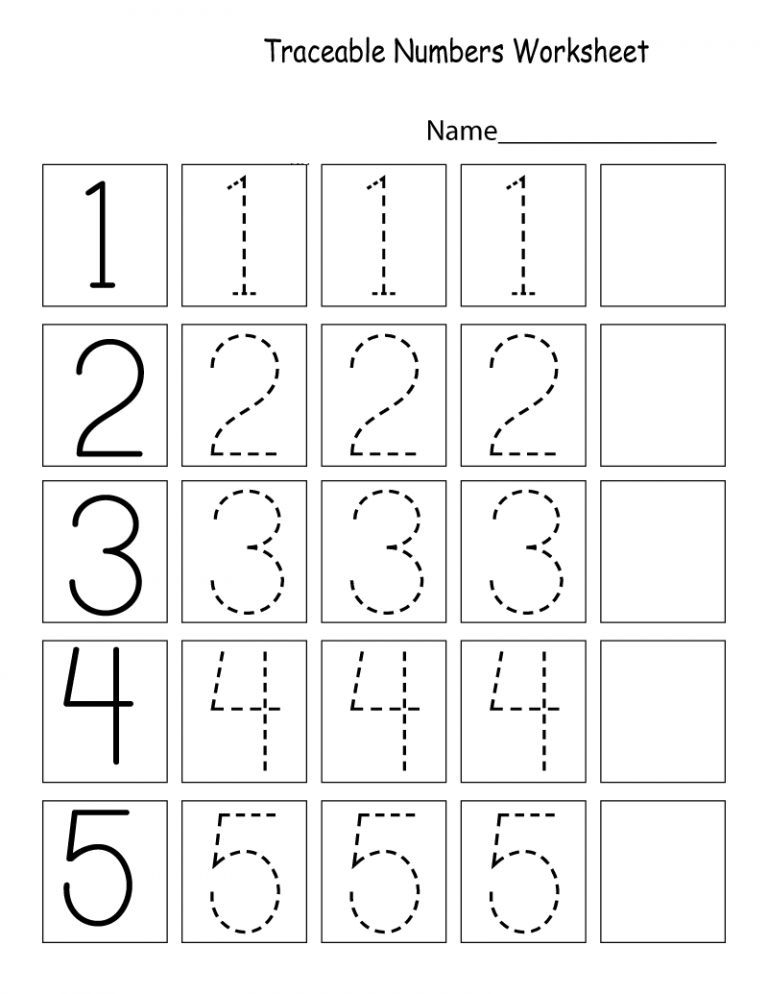
Related Post: 19 Activities to Introduce Counting to Your Toddler
7. LETTERS AND SOUNDSYour child may already know many of the letters of the alphabet. They may be able to recite the ABC’s from memory (with some errors and help as needed). Now you can work on recognizing letters, as well as the sounds they make.
When talking about a letter, for example M: say M says mmm for mom. Always have them repeat you to etch it into their memory.
Be sure to have your child look at both uppercase and lowercase letters when learning. Most children are taught all of the uppercase letters first, however, the lowers case letters are the ones that they will see more often when they read or see words.
These name puzzles from Bloom Owl are a great way to get your child learning the letters of their name. They’ll love playing with the puzzle as they start to recognize the letters they see all the time.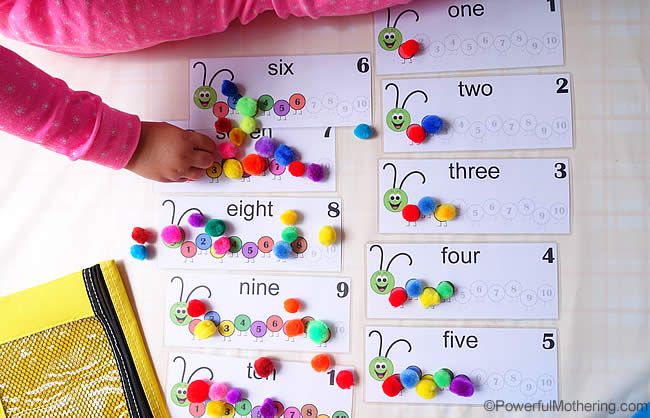
By far my favorite resource for having your child learning letters and letter sounds is the Leap Frog shows on Netflix. They include Letter Factory, Phonics Farm, and more. If you have Netflix you can access these shows! My 20 month year old was reciting all of the letter sounds because he loves this show so much!
Related Post: Sticker Activity for Learning Letters
8. BUILDING
Building helps to improve your child’s hand-eye coordination and spatial awareness. They’ll be able to use their imagination and creativity to create masterpieces and then knock them all down when they’re done.
This Melissa & Doug Alphabet block set is great for small hands to stack. Two year olds also love Mega Blocks as they are perfect for stacking, putting together, and taking apart. My kids are obsessed with Magnetic Tiles and Bristle Blocks for building too.
These toys and learning activities for two year olds encourage imaginative play and let them problem solve and investigate the world around them.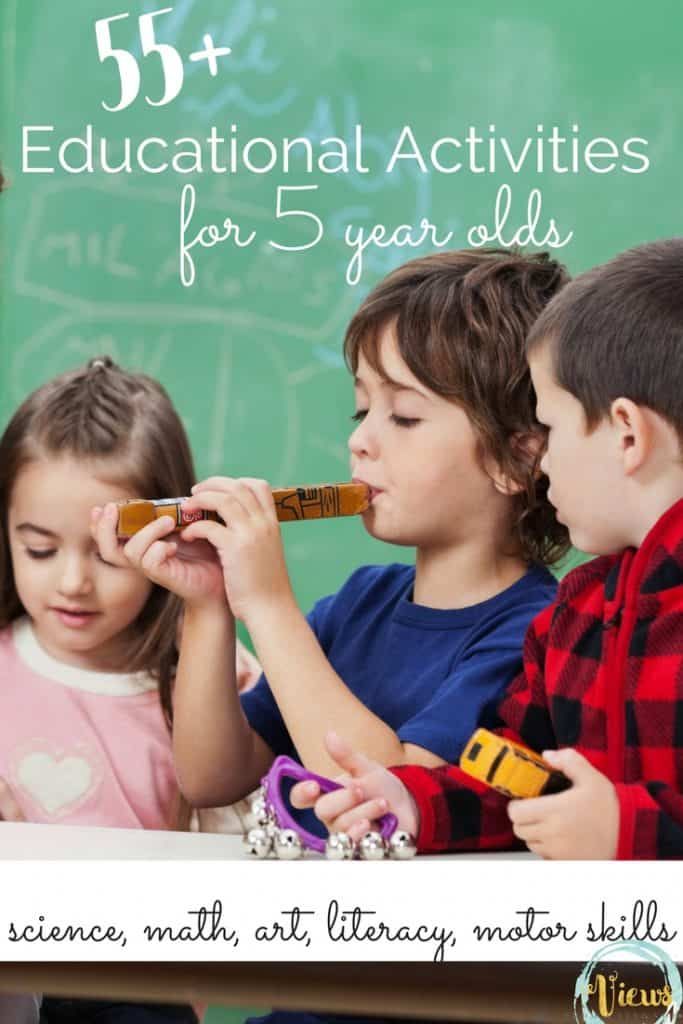 Tell them to build a robot, a tall building, or a table. They’ll love trying to come up with ways to make these items.
Tell them to build a robot, a tall building, or a table. They’ll love trying to come up with ways to make these items.
Puzzles are a great activity for fine and visual motor skills (hand-eye coordination). Having to fit a piece into it’s correct spot by turning and manipulating it is great for visual-spatial awareness.
Your 2 year old may still enjoy doing inset puzzles with knobs or pegs, which allow them to easily match shapes and items and fit the pieces in a spot. If they seem to have moved past simple inset puzzles, they may be ready to start with interlocking puzzles.
If you want to try out some more complicated interlocking puzzles try these to start. Also the name puzzles mentioned above are great to also enhance letter learning at the same time.
10. PHYSICAL ACTIVITY AND GETTING OUTSIDETwo-year-olds are known to be pretty wild so you probably won’t need much coaxing to get them active. However, make sure they’re getting plenty of physical activity to learn new gross motor skills.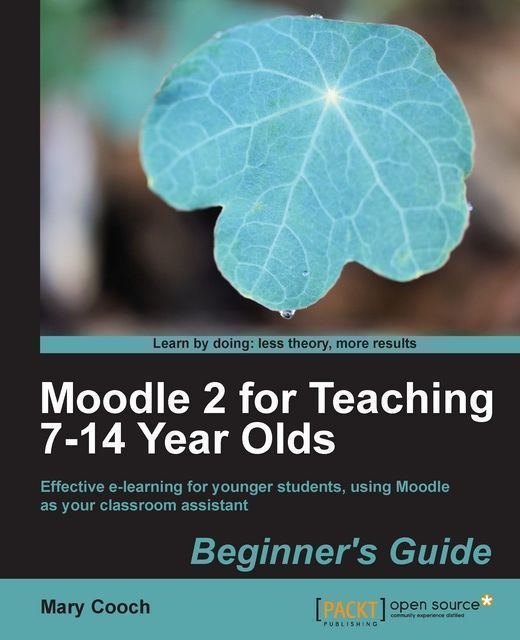 These include:
These include:
- Jumping
- Running
- Climbing
- Pedaling a tricycle or ride-on toy
- Throwing/catching/kicking a ball
The best way to get them active is to give them lots of outdoor time. Take them to playgrounds to climb on the equipment as they offer so many opportunities for enriching gross motor skills. Take them for a walk and point out all the sights you see.
11. MUSIC, DANCE, AND RHYTHM
Children love rhythm and music so get them singing, dancing, and exploring their bodies with music. Put on music for them to dance to, sing along to their favorite songs with a microphone, or make their own music with toy instruments like maracas, xylophone, tamborine, etc.
You can also make musical ‘instruments’ with so many household objects, like shaking pill bottles, banging wooden spoons, or filling plastic Easter eggs or water bottles with uncooked beans or rice.
Songs are also the best way for little ones to learn and memorize new concepts. Therefore, you can sing songs like the ABCs, head, shoulders, knees, and toes, or Old McDonald to learn letters, body parts, and farm animals, respectively.
Therefore, you can sing songs like the ABCs, head, shoulders, knees, and toes, or Old McDonald to learn letters, body parts, and farm animals, respectively.
12. POTTY TRAINING
Around 2 is the typical age that most parents decide to start potty training. Between 2 and 3, many children will be fully capable of using the toilet.
You can start gradually by introducing the potty and have them sit on it during different periods of the day when you know that they usually go.
Be sure to wait until they’re ready and don’t force it on them. You can start slow and steady with gently potty training to get them familiar or dive all in on a 3-day potty training binge.
Here are some great tips on potty training your toddler here.
13. SENSE OF TIME
This is something that may not come until closer to 3 and of course your two year old will not be able to tell time. However you can still teach them a basic sense of how much time is remaining or when time is over.
For example, when you say “5 more minutes left to play until dinner time” or “go brush your teeth in 1 minute,” They still won’t have a true sense of how long these increments of time are, but you can try to make them aware that 1 minute is quick, compared to 10 minutes or 20 minutes.
Before they fully have a sense of time, try setting an audio or visual timer when you need to show them when time is up. For example, when you say clean up in 5 more minutes, set a timer for 5 minutes to ring when it’s time.
We love the Time to Wake clocks for my toddlers. They let them know when it’s time to call for mom or get out of bed by simply turning a different color when it’s almost time to get up or when they should leave their room.
This is a great visual way for them to “see” and understand time.
14. SAFETY
Of course, safety is a crucial lesson to teach your child. This is the age where they will probably have no fear or understanding of dangerous situations. The following practices need to be taught and don’t just come naturally to your little one:
- not running away in public
- not running out into a parking lot
- stranger danger
- staying close to mom or dad
- being cautious when crossing streets
- holding hands when in public or outside
- sun safety: applying sunscreen, wearing hats
Speaking of safety for your little ones, the Whystle App is a great resource for all parents to have that tracks all safety information that’s important to your family. This includes product recalls for toys, food, and more that could promote dangers into your home. Download this app free on your phone and then there’s a free trial for the subscription so you never miss an important safety warning.
15. MANNERS AND RESPECT FOR OTHERS
Understanding how to properly treat others is a valuable trait to instill in your child. This goes for respecting both adults and other children. It’s important to teach your children how to use polite words and actions to show manners.
At this age, they are starting to test their boundaries and explore new ways of getting what they want. Instill rules for respecting others even through times of frustration.
- Saying excuse me when needing someone to move or get their attention
- Patiently waiting for a parent to finish talking to another parent before chiming in
- Saying please and thank you shows consideration and appreciation
- Making eye contact when speaking to others
- Apologizing when you do something wrong
- Share their toys or items that belong to them
- No pushing, hitting, biting, or pulling hair to hurt others in any way
16. STAYING HEALTHY: GOOD HYGIENE AND EATING WELL
Teaching your child to practice good hygiene and healthy eating is great to start young. Build-in their hygiene routine throughout the day and they will become accustomed to this regimen. Eating healthy foods early on to set them off for a healthy diet for the rest of their life. These include:
- eating fruits, vegetables, whole grains, and proteins. Avoid: processed foods, unhealthy snacks, and sweets
- washing hands after meals and potty
- brushing teeth morning and night
- bathing daily
- keeping their clothes and body clean while they eat or play
- covering their mouth when they sneeze or cough
- blowing their nose into a tissue
- wiping their own privates after going potty
Complying with:
- brushing and combing hair
- cutting fingernails and toenails
- cleaning inside ears with a child safety q-tip
Related Post: How to Get Your Picky Toddler to Try New Foods
17. ACTING APPROPRIATELY IN PUBLIC AND UNDERSTANDING “NO”
Toddlers are very ego-centric (only care about themselves). It’s totally normal for them to only think about how things will affect them. This almost always leads to inappropriate behaviors as they learn what behaviors get them what they want.
Don’t always give in to every cry and teach them that sometimes they can’t get everything that they want. Don’t always give them the cookie that they’re begging for or the new toy at the store. If they must get the object that they desire, make them earn it.
Teach your 2-year-old how to act appropriately to avoid tantrums in public. Try putting rules in place when you are out so they know what is expected of them. Always have a way to redirect or distract them when you see a tantrum starting (using something else they are interested in). Lastly, just avoid situations that could set them off.
This is a great article about Tips for Cry-Free Shopping with Your Toddler
18. HAVING A ROUTINE
Your child probably already has some routine in place throughout their day. However, you want to ensure that they are consistently doing what is asked of them so that they could even do it on their own if needed. The more structure that your child has in their day, the more they will start to understand time and a daily schedule.
I love using a routine or responsibility chart (like the blue/green one on the right) so my toddler can have a visual cue of everything that is expected of her. Use one with pictures instead of just words, (like this Mickey Mouse chart), so your toddler actually understands what it’s for.
Here are some examples of day-to-day routines that you can create a specific pattern for:
- Bedtime: Brush teeth, go potty, wash hands, put pajamas on, read a story, go to sleep
- Morning: Go potty, wash hands, brush teeth, get dressed, eat breakfast
- Before naptime
- Pre-dinner wind-down time
- Cleaning time
Related Post: Why Your Child Needs a Daily Routine and How to Make One
19.
A toddler has a very limited attention span (unless of course, they’re watching their favorite television show). It’s only reasonable to ask them to focus on a task for around 4-6 minutes at this age. However, it is important for them to be aware that once they start a task they should finish it to completion.
My daughter loves to grab a puzzle and put in 3 pieces and walk away or sit down and read 2 pages and then walk away.
The goal of teaching your child to stay on task is to complete what they start. Here are some tips:
- While playing with your child, make sure that they complete the entire activity, ie. puzzle or read through the whole book, before they get up and run around.
- If they’re coloring or building a tower, keep them engaged in that one activity for as long as possible before you let them move on to the next.
- During mealtimes make sure they remain seated and finish their meal before getting up and playing.
- Make sure they clean up one activity before moving on to the next
20. BEING A HELPER
Little kids LOVE to help grown-ups. They want to do everything that you’re doing because they’re starting to gain this growing confidence and independence. Invite them to perform tasks that they may not be able to do independently, but that they can help you with.
- Get the mail
- Take the trash out
- Refill the toilet paper roll dispenser
- Help with cooking: mixing, adding ingredients
- Carrying in bags or groceries
- Fill the dog bowl
- Entertain a younger sibling
21. TECHNOLOGY
Technology or screen time should be limited for toddlers to 1 hour a day, but it is important for your child to learn how to use these devices. The fine motor skill of swiping, clicking, and sliding to nagivate through tablets and smart phones are something that your 2 year old can easily learn.
Ipad educational games like ABC Mouse are great to sharpen a lot of the educational skills listen above, as well as practice using a tablet or smart phone. My toddler loves ABC Mouse because of the wide variety of games and fun. She’s learning how to trace letters, numbers, make new sounds and words, etc. They’re giving a FREE 30-day trial now so sign up while you can!
Leapfrog Laptop is also a fun interactive computer that toddlers can easily use and learn on.
Most of these skills can be accomplished at some point while a child is two (24-35 months old), but every child develops at their own pace. This article is not intended to skew your mind into thinking that your child MUST know these concepts.
However, if you are looking for learning activities to do with your child, ways to engage their mind, or knowledge to teach them, these are some great tips. Your child is NOT behind if they can’t adequately do all of these things, but if you are concerned, please speak to your pediatrician.
Have fun teaching your two-year-old and enjoy watching them blossom this year. They’ll be growing and developing before your eyes so don’t blink! Here are some more great learning activity ideas to do with your 2 year old.
Related posts:
What to teach a two-year-old child at home
There are many things to teach a two year old at home because this is a developmental stage full of change. From 2 to 2 years old, the child begins to feel curiosity to discover everything that surrounds you. He often starts opening doors and cupboards, rummaging through drawers and fiddling with everything he finds.
This stage begins when the child learns to walk and move autonomously, because a whole new world opens up before him. Therefore, it is very important to use and use this time during which you have been studying so much to learn important things like eating, painting or speaking. 'Cause kids ain't born knowing how to do it all0005 is all part of their growth and learning .
Index
- 1 What should I teach a two-year-old child at home
- 1.1 use cutlery and eat alone
- 1.2 painting
- 1.3 Sorting and sorting
- 1.4 Choose a 2-year-old child names
Children who go to kindergarten can learn a lot, for example by playing with their peers, respecting the time, the rules of the game or the first concepts that will shape your academic program in the future . But it is at home that they have to learn most of the things, because that is where they spend most of their time and where the people who make up the children's circle of trust are.
For this reason, starting with play and adapting all activities to the child's abilities and not to his age, it is important to teach what will help him develop all his abilities. It is very important to note that age does not affect a child's abilities . Everyone has their own rhythm, and its observance is necessary in all cases.
Don't expect your child to do what other children do, let him learn at his own pace by providing him with the tools he needs to do it. Here are some of the things you can teach him 2 year old at home.
Use utensils and eat alone
At 2 years old, a child can already eat almost anything, and in this respect he must become independent. It's time refuse bottles, purees and baby utensils . Teaches the child how to handle cutlery, drink from a glass and eat independently. Gradually and with great patience, but without wasting time. Because the sooner you master this skill, the easier it will become.
Drawing and coloring
Drawing becomes very important in the development of children, because this is how they begin to express themselves and communicate when they do not yet have a language. In the stages of children's drawing They are really curious, at the link we will tell you what they consist of. At two years old the child can learn to color pictures , teach him to distinguish objects and use colors correctly.
Sorting and Sorting
This activity is ideal for the child to learn how to organize their thoughts, as well as learn to associate concepts, colors, shapes or textures, among other things. You can use anything you like, like different colored plastic cups and small pom poms. Teach baby place and classify balls by color in the appropriate container. This is a very important task that will greatly help you in your development and growth.
Start teaching your 2 year old the names of objects
A good way to teach your child to read and write without leaving home, because 2 is the ideal age for this. You can take advantage of every game, every activity, and every moment to teach your child the names of objects. When you play with something repeats the name of the object looking at the child , allowing it to lock onto your mouth as you move your lips. When you start discovering letters and words in school, it will be very helpful for you.
Everything you can teach a two year old at home This will help you because your learning never stops. When they open their eyes in the morning, they discover sounds, colors, shapes, everything is amazing and interesting. Enjoy this phase full of learning because kids also have a lot to learn in this phase of discovery.
The content of the article complies with our principles of editorial ethics. To report a bug, click here.
You may be interested in
Teaching a child two languages
- Material Information
- Foreign language
- Views: 2896
A plan will form the basis of your work aimed at teaching a child two languages.
In large cities, there are areas where representatives of various nationalities live, speaking different languages. It may seem that the task of raising a bilingual child in such cities is much easier, but if you live in a monolingual area or locality, do not despair.
Parents are able to raise bilingual children regardless of where they live.
I encourage you to use the list of resources and additional information at the end of this book to expand your child's language learning experience. For ease of reference, this list contains all the sources of useful information mentioned in the book.
I have divided this chapter into five parts. After reviewing the material, you will be able to identify the main components of your child's language development plan and create a weekly work schedule.
Maximum language immersion at home
Whatever method you choose to teach your child languages, there are many ways you can diversify and expand your language environment so as not to strain your own vocal cords.
Rosemary raises her daughters Simone and Vivian as bilingual English and French speakers. “I want us to only communicate in French, so I constantly work to ensure that English is used at home only when the children are doing homework in this language,” says Rosemary. - if I have a DVD in my hands, I look at the back of the package to see if there is a French dub or subtitles. I am aware that speaking French about everything we do is not at all easy, but when I see what success my girls have achieved in the language, I understand that I am not wasting my energy in vain.
The more you speak one particular language at home, the more you will benefit your children. However, you should not set super-tasks for yourself. This would be completely redundant. You need to create a language practice system that is tailored to you and your family. For example, you can allow your children to watch TV only in Spanish, or to search the Internet only in German.
When planning language lessons at home, keep in mind that scientific studies show that children learn best when learning about the environment makes their lives easier. Undoubtedly, children learn more and remember better when the information is close to them, and they are involved in the learning process. Therefore, training should be structured in such a way as to arouse maximum interest on the part of children.
Technology
What is the easiest way to create a language environment that the child will enjoy? With the help of various technologies that can increase the amount of information directed to the child and make the learning process exciting and interesting.
Sometimes parents ask me if time spent in front of any screen can be good for a child at all. I understand the reasons for their skepticism and every time I emphasize that I do not advise anyone to leave the child for several hours in front of a TV or computer monitor in order to increase the time the child spends in the language environment.
The American Academy of Pediatrics recommends that children and adolescents watch no more than one or two hours of quality television per day. Children under two years of age should not watch TV at all. nevertheless, most experts recognize the huge educational potential of modern technologies. Nowadays, the computer has become an absolutely indispensable learning tool. In many schools, it is assumed that children will do their homework on the computer. Therefore, experts believe that for educational purposes it makes sense to act contrary to the recommendations and increase the time children spend in front of the monitor.
Technology facilitates the child's learning of a second language in the following ways.
- The perception of the language can become more pleasant, and the time spent in the language environment can increase.
- Such a learning process is more interactive, that is, the child has the opportunity to actively participate and answer questions, and not just perceive information.
- Technology allows parents to create tasks with a specific level of difficulty and theme, as well as those designed for a specific age.
- You can use your computer from the comfort of your home - a great activity during bad weather.
- The Internet allows you to communicate remotely with other parents raising bilingual children around the world.
The Internet, MP3s, movies, educational computer games, TV shows, and DVDs give your child virtually unlimited access to a foreign language. Since most of the technologies listed above can be interesting and entertaining, this allows the child to learn the language without perceiving this process as hard work.
Internet
Today, the Internet is the main means for communication and obtaining information. If you live in an English-only area, the internet will provide you with new opportunities to teach your bilingual child.
Before the advent of the Internet, the choice of parents who wanted to purchase educational materials in foreign languages was limited mainly to Spanish and French. Today, with one click, you can buy literature and other essentials from dozens of online stores such as World of Reading.
In addition, a lot of free materials are posted on the net. Most TV channels and radio stations have their own websites, you just need to find those that broadcast in the language you are interested in. often on such sites there are sections for children of various ages.
For example, if your child is learning Italian, you need to find the website of the Italian TV channel Radiotelevisione Italiana.
The advantage of video sites is that in the list of children's programs you can select those that your child is already familiar with through your national television. This - especially at the initial stage of training - will help to attract the attention of the child and create additional motivation. For example, Sesame Street programs are made in different countries in twenty languages, and most popular cartoons are dubbed. However, it is not always necessary to look for what you need abroad. For example, part of Nickelodeon's Dora the Explorer, an animated series for toddlers, includes simple instructions in Spanish. In addition, on the website of the channel itself nickjr.com you will find a lot of interesting things.
Sites like Nickelodeon have a wide variety of entertainment programs to choose from. Many of these sites offer "history of the day" or "adventure of the week". All programs, games and activities are prepared taking into account the age and developmental level of children. For example, materials offered for three-year-olds are not related to reading (voice-over gives instructions, and children must recognize letters, symbols and numbers). Even if your child has minimal language knowledge, you can choose educational programs and games for him. It is important that he listens to songs and questions in a second language.
Do not reject those sites, the content of which is not educational, some of them may be very useful to you. For example, on the Kids of the World website, in the additional online resources section, you will find educational and entertainment material in a variety of languages, from Albanian to Japanese.
In addition, children's sites in English have a number of interesting information in other languages. For example, on mathstories.com you will find math lessons in Spanish.
The possibilities of the Internet are almost unlimited, so I recommend that you familiarize yourself with the existing offer and spend some time in front of the monitor. Type in the Google search box words that describe what you are looking for in the language you are interested in, and you will see a list of web pages. Check them out, and if you like something, bookmark the site's address or add it to your favorites list. Remember to include interesting sites in your weekly work plan and visit them regularly. (The written assignment at the end of this chapter will help you write such a plan.)
Please note that you are not required to do all the tasks found on the network while sitting in front of the monitor. You can, for example, print a story and read it to your child at night from a sheet.
Just like adults, older children use the Internet to find information. There are fewer and fewer printed reference books, encyclopedias and dictionaries in homes these days. You can accustom your child to the language by sending him to look for information of interest to him in a certain language. For example, Wikipedia is available in a large number of languages. However, keep in mind that since anyone can add information to this site, you should not take Wikipedia as a completely reliable source of reference information.
You can download MP3 files, listen to podcasts and live streaming online. For example, a great podcast with files for learning Chinese is chinesepod.com. Podcasts are also useful because the audio files there are read by native speakers.
The Internet helps you connect with other parents raising bilingual children.
Educational computer games and high-tech toys
With the advent of the Game Boy, PlayStation and Xbox consoles, many people forgot about the existence of educational computer programs. however, there are plenty of apps to help you learn to read and count, as well as stories and stories in your language of choice, all of which can make your child's learning experience much easier. Children love computer games, so they will be happy to use them, even if they have an interface in an unfamiliar language. the main thing is to choose the necessary programs that correspond to the language level of the child's development, and use them regularly.
Rosemary not only buys a DVD with a French audio track, but also buys computer games. When her daughter Vivian was very young, she really liked the computer game in French, made on the basis of books in the Madeline series (“Madeleine”). As a result, Vivian learned to count to ten in French before she could in English.
There are a number of special games that will help you in raising a bilingual child. Leap Frog, for example, helps with learning Spanish. so feel free to use them - and your child will play without even noticing that he is learning.
Television
Perhaps you did not even think that the TV is capable of creating a language environment for your child. Your cable TV shows a range of channels in foreign languages. most often access to them can be obtained for a small additional fee. Companies usually don't advertise that they have channels in, say, Hindi or Norwegian, and try to impress us with the total number of channels in the basic package. Cable or Internet TV will help create the necessary language environment. if you don't have either yet, check out the channel set, for example, on iTV.com or beelineTV.com.
Many parents doubt that television can help their child learn a foreign language and believe that watching television only creates a language environment. However, recent research suggests that watching high-quality programs like Sesame Street and Between the Lions on a public channel is good for language development. another state-run television program, Arthur, also promotes language development, especially by helping Spanish-speaking children learn English.
Radio
Nowadays, it seems that television as a source of information has completely “pulled the blanket over itself”, but do not forget that the radio is also an excellent means of language learning. You can listen to online radio with live broadcasts ("stream") or download audio files of individual programs. Radio can also be useful for adults who want to brush up on their knowledge or learn a new language.
DVD and video cassettes
While pregnant with their son Jeremy, Emmy and her husband Jack decided that they would teach the boy German and at the same time study with him (I note that at that time the couple knew only English). “Jeremy was born in the age of video,” Emmy says. The first recording he saw was called Teletubbyland and was dubbed in German. Jeremy watched this tape so often that it broke. In the literal sense of the word. Before he went to kindergarten, he believed that the TV set was created solely for watching video cassettes, which are only available in German!”
The DVD material is ideal for young children who like to watch the same program over and over again. Fortunately, many discs that you can buy in the US have a language selection option. Some parents feel that to improve comprehension, the material should be delivered in English the first time, and then the children should watch the DVD in a second language. some parents watch the recordings with their children and from time to time stop playback to explain to the child the meaning of what is happening on the screen. When buying a disc, pay attention to its compatibility with your DVD player.
Old-fashioned activities and activities
I hope you understand that by the word "old-fashioned" I mean all those activities that are not related to the computer and whatever technology. These are all teaching aids, proven over the centuries.
Little children love songs, rhymes and rhymes. From a linguistic point of view, they are absolutely indispensable and allow memorizing words, expressions and, most importantly, rhyming sentences. Any rhyme is of great importance for language learning, because it trains auditory perception and the ability to understand the slight difference between sounds. In most languages, there are a sufficient number of similar but different sounds that you need to learn to distinguish in order to be able to perceive speech by ear, as well as read and write.
If you do not want to sing a song to your child yourself, buy an audio CD with its recording and separately printed text in the form of a picture book. Such an approach not only contributes to the study of a foreign language, but also stimulates the development of the child as a whole. Children like to follow the words of the song through the text, look at the pictures and sing along. such an interactive teaching method will be very useful. Thanks to the presence of pictures, you do not have to puzzle over whether the child understands the words or not for a very long time. From the pictures it will become clear that Humpty Dumpty fell from the wall, and to the song Sur le Pont d'Avignon ( French song of the 15th century. Note. transl. ) you have to dance.
A few words about books. None of the modern technological ways of learning can replace reading - especially reading a good old book. Whatever language you read aloud, it will benefit the child, and when he grows up and learns to add letters himself, the book will become an absolutely indispensable tool for individual language development. You will read more about this in the chapter on the sixth step.
Find fun ways to learn a language and connect them to the way your family lives and plays. For example, if you are going to the beach, look in the library for a book describing the sea and fish. Since the child likes to be on the beach, he will be in a good mood and will be ready to learn with interest about everything that has to do with the sea. Language teachers know that repeating words and grammar over and over again is extremely helpful but boring, so every opportunity should be taken to diversify the learning process and make it more fun and connected to the child's life. Speak words related to the sea with your child on the beach, and repeat them at home and write under the pictures in a book or textbook.

